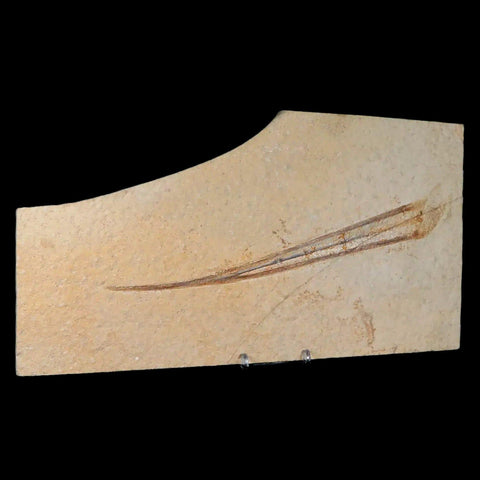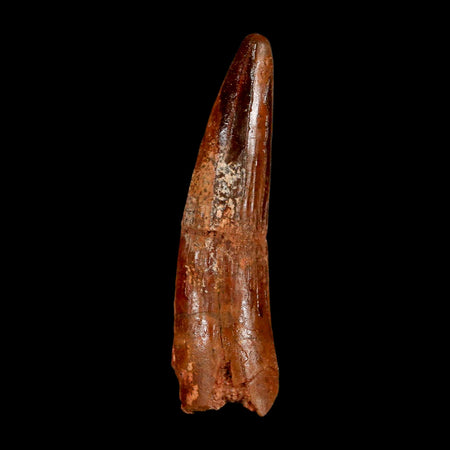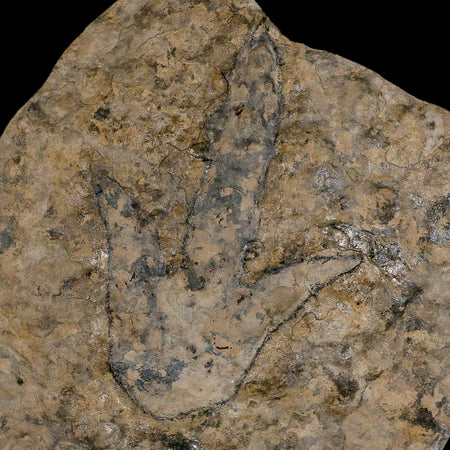8.8" Plesioteuthis Prisca Fossil Squid Upper Jurassic Age Solnhofen FM Germany
Location: Solnhofen, Germany
Weight: 1 Pound 5.6 Ounces
Dimensions: 11 Inches Long, 5.9 Inches Wide, 0.2 Inches Thick (Plate)
Insect Dimensions: 8.8 Inches Long, 0.8 Inches Wide
Comes with a Free Stand.
The item pictured is the one you will receive.
This is a genuine fossil.
145 million years old Upper Jurassic Age
Plesioteuthis Prisca Fossil Squid
Plesioteuthis prisca is an extinct genus of cephalopod that lived during the Jurassic period, approximately 150 million years ago. It belonged to the order Belemnitida, which are ancient relatives of modern squids and cuttlefish. Plesioteuthis prisca had a long, bullet-shaped shell known as a guard, which provided buoyancy and protection. These creatures were marine animals that inhabited the oceans during the Mesozoic era.
Plesioteuthis prisca is known from fossilized remains found in various locations around the world, including Europe and North America. These fossils have provided valuable insights into the evolutionary history and biology of ancient cephalopods. Researchers study these fossils to better understand the ecology, behavior, and morphology of Plesioteuthis prisca and its relatives.
The celebrated Solnhofen limestone is among the most important fossil deposits because of its astonishing diversity of organisms, many exquisitely preserved. Marine and terrestrial creatures and plants, buried 150 million years ago in soft lagoonal muds, provide a unique glimpse into the true diversity of Jurassic life. Articulated skeletons are preserved, as well as some soft-bodied animals that otherwise would be too delicate to survive fossilization. Among the highlights are superbly preserved jellyfish, crustaceans, squid, fish, and flying reptiles. Perhaps most important of all is Archaeopteryx– the celebrated “missing link” which has the skeleton of a dinosaur but is covered in feathers, revealing a crucial evolutionary transition between the reptiles and birds. Solnhofen opens a window into a vanished world and reveals the unexpected richness of a land and sea teeming with life. Many specimens from the Solnhofen Limestone have been cracked during the excavation process but all have been expertly repaired and restored and do not detract from the beauty of the specimens. When most specimens are found they are found when the limestone is split.














